Choosing the right radar sensor can feel confusing when you see many models, features, and terms. But a good sensor makes daily work smoother, safer, and easier. Industries use sensors to measure distance, check levels, and watch moving objects. If you pick the wrong one, you may face errors and delays. This guide will help you understand what matters so you can choose well. If you want trusted options, you can explore sensors from Sensormart.
Start reading now to learn simple steps that make your choice easier. When you finish, feel free to message us for help with the right sensor.
How Distance Radar Sensors Work in Real Industry Settings
This section explains how radar sensors help different industries in daily tasks and important operations.
A radar sensor sends waves to an object and waits for them to return. This return time helps measure the distance. A Distance measured radar sensor gives steady readings even when weather or dust changes. It is also useful for water level distance sensor needs or when you need to track movement with a moving object monitoring sensor. Many industries use sensors like the IDR-2050 for safe and stable readings.
Radar sensors help in factories, storage areas, farms, plants, and transport units. Workers depend on them because they work in heat, smoke, fog, and outdoor conditions. This makes them a smart choice for places where other sensors fail. When paired with a trusted brand like Sensormart, industries get strong and long-lasting performance.
Key Features You Should Check Before Buying a Sensor
This section shares simple points that help you compare sensors and make a safe choice.
- Check the distance range you need and match it with your working area size for stable readings and fewer measurement gaps.
- Look at the sensor’s build quality and ensure it works well in heat, dust, moisture, and cold for long-term use.
- Check the output type like analog, digital, or standard signals and choose the one your system supports easily.
- Pick a sensor that handles vibration, noise, and outdoor changes without losing its reading accuracy or speed.
These points help you avoid mistakes and choose a sensor that stays strong in your working place. Models like IDR-2050 support many industry tasks with steady performance and long life.
Simple Comparison of Common Radar Sensor Types
This short guide helps you compare radar sensor types for different needs.
| Sensor Type | Best Use Case | Strength | Weakness |
|---|---|---|---|
| Short-Range Radar | Small machines | Fast response | Limited distance |
| Mid-Range Radar | Indoor plants | Balanced use | Medium accuracy |
| Long-Range Radar | Outdoor sites | Strong and wide | Higher cost |
| Level Radar | Tanks and water | Clear readings | Needs clean line |
| Motion Radar | Moving objects | Fast tracking | May need calibration |
The IDR-2050 fits many needs because it is built for strong accuracy and wide uses. When you buy from Sensormart, you also get help in choosing the right type for your site.
Steps to Select the Right Sensor for Your Industry
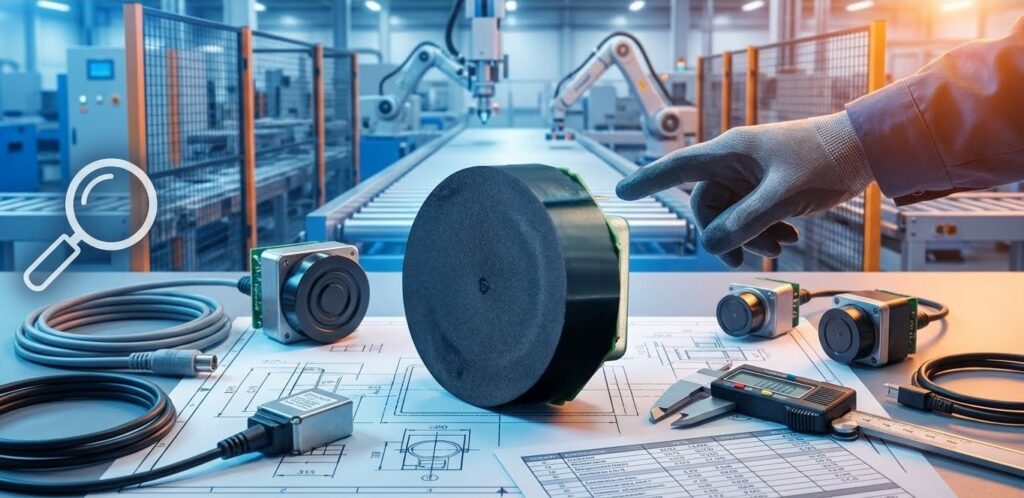
This short steps guide helps you select a sensor with less confusion.
Step 1: Study Your Need Clearly
Think about where you will place the sensor and why you need it. Note down the range, object type, and environment. Clear notes help you avoid buying the wrong model.
Step 2: Match Features With Your Work
Check range, build, signal type, and temperature limits. Match these with your daily work. This makes your sensor more reliable and easy to maintain.
Step 3: Check Support and Brand Service
A good brand guides you after buying. Sensormart helps with setup, use, and model choice. Strong support reduces downtime and waste.
Step 4: Test the Sensor Before Full Use
Test the sensor in a small area first. See how it performs in real working conditions. This helps you trust the reading and fix issues early.
Step 5: Install in a Safe and Clean Spot
Place the sensor where it stays safe from hits, harsh dust, and heavy movement. A good spot keeps readings steady and saves repair costs.
Why the IDR-2050 Is a Smart Choice for Industry Use
This section explains why many industries prefer the IDR-2050 radar sensor from Sensormart.
The IDR-2050 gives clear distance readings even when light, air, or weather changes. It supports Distance measured radar sensor needs and works well for tanks, outdoor units, and moving object checks. Workers like it because it needs low care and provides fast response. It is also strong, so it lasts long in tough working spaces. Many industries use it as a water level distance sensor, especially in plants and farms. When you buy it from Sensormart, you also get guidance, safe packing, and long support.
FAQs
Q1. What is a distance radar sensor and how does it help industries?
It is a sensor that uses waves to measure distance and helps industries check levels, movement, and safe working spaces.
Q2. Does a distance radar sensor work in dust, fog, or rain?
Yes, radar works in many weather conditions and gives steady readings in outdoor and dusty places.
Q3. Is the IDR-2050 good for water level tasks?
Yes, it works well as a water level distance sensor and gives safe readings in tanks and open areas.
Q4. How do I know which sensor range I need?
Check the size of your work area and note the longest reading point before choosing a range.
Q5. Can radar sensors track moving objects easily?
Yes, a moving object monitoring sensor can follow moving parts, machines, or vehicles with fast response.
Q6. Which brand offers trusted radar sensors for industry use?
Sensormart offers strong and stable models that work for many industry needs.
Q7. Do radar sensors need high maintenance?
No, most radar sensors need very little care and work well even with basic cleaning.
Q8. Can I use one radar sensor for indoor and outdoor areas?
Yes, many models support both places. Just check the temperature and environmental limits.
Q9. Does radar give more accurate readings than ultrasonic sensors?
Radar gives stronger readings in rain, fog, steam, and smoke, making it more stable in rough spaces.
Q10. How long does a radar sensor last?
A good sensor lasts for years when used in the right place with basic care.
Conclusion
Choosing the right radar sensor becomes simple when you understand your needs, check the features, and compare types. A Distance measured radar sensor helps many industries work safely and smoothly. When you match the sensor with your work, you avoid errors and get long-term performance. Models like IDR-2050 support level checks, movement tracking, and distance reading with steady results. A trusted source like Sensormart helps you pick the correct model and gives long support.
If you want help choosing your radar sensor, contact us on WhatsApp at +91 9719411764 or reach us on Instagram at @sensormart. We are ready to guide you with the right choice.


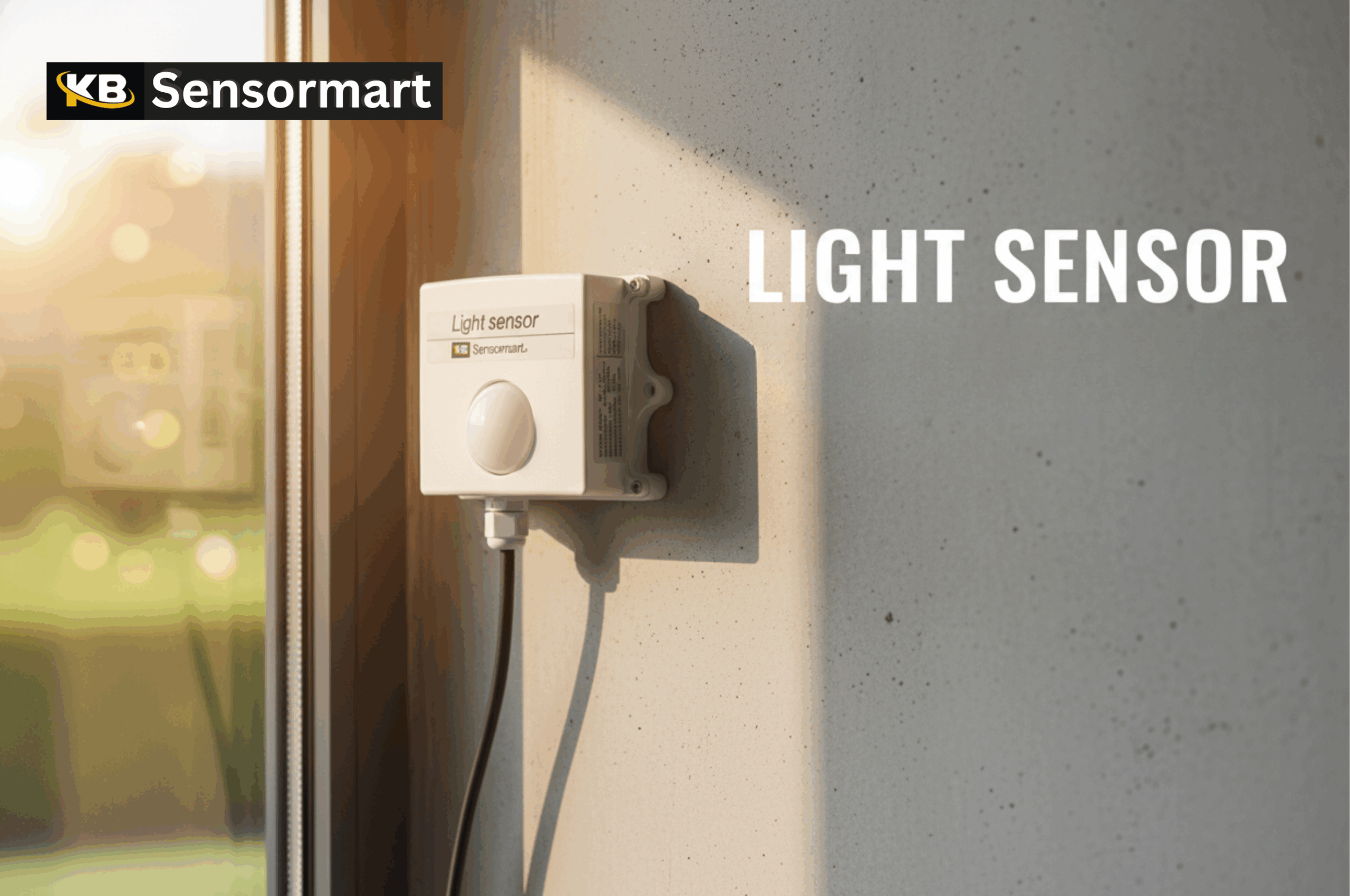
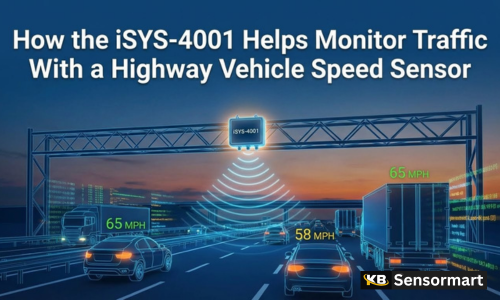
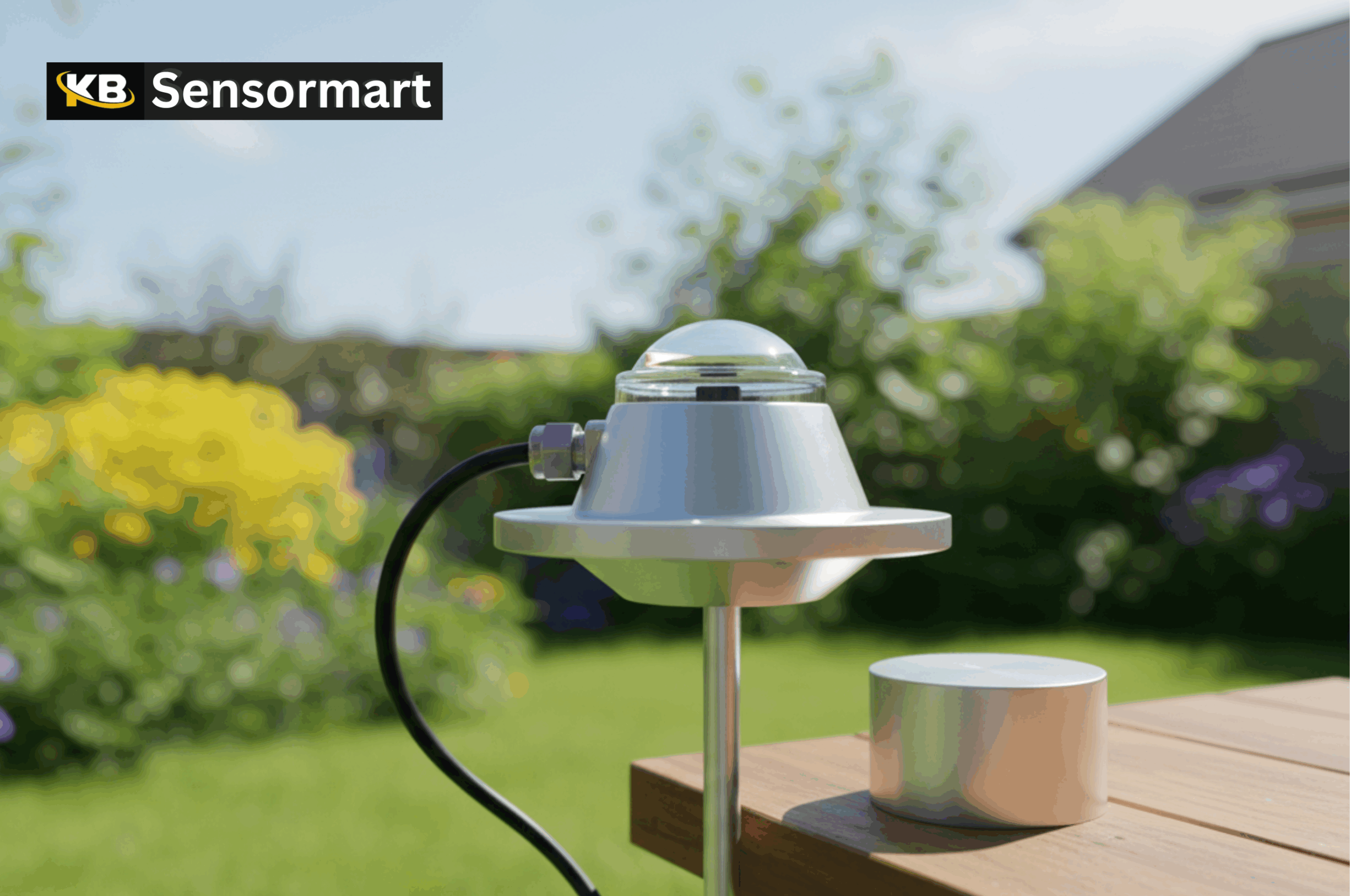
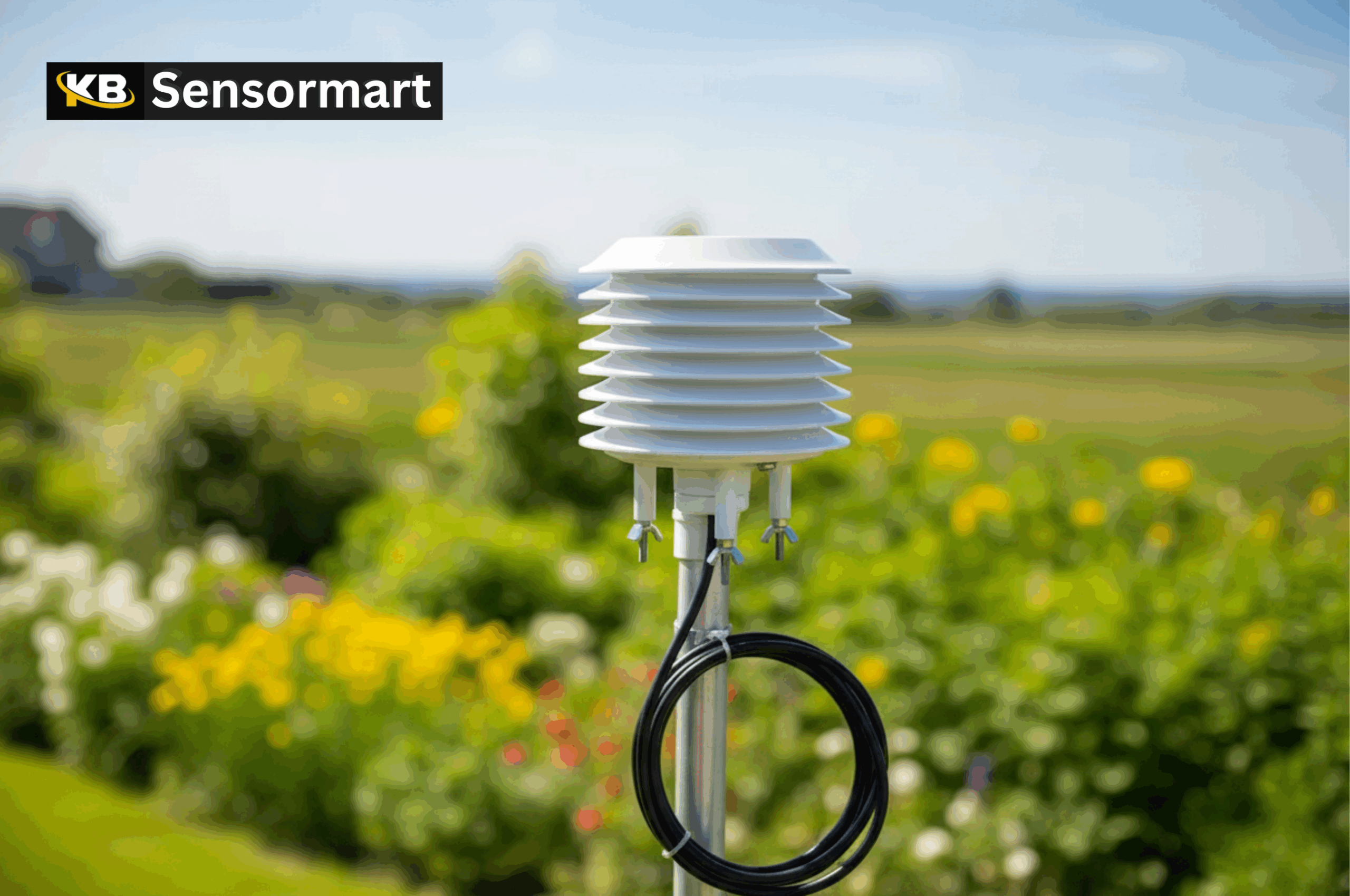

Leave a Reply